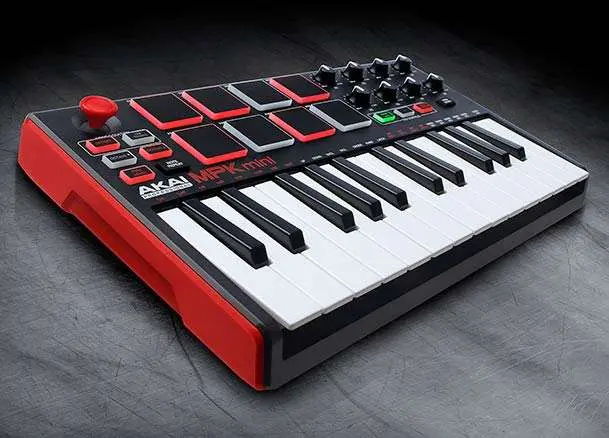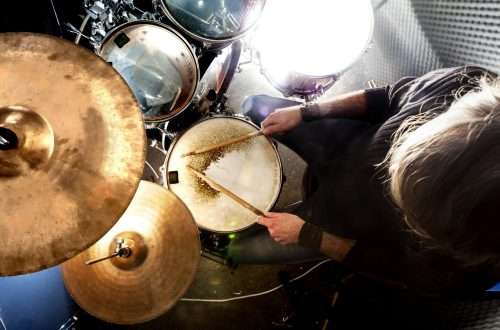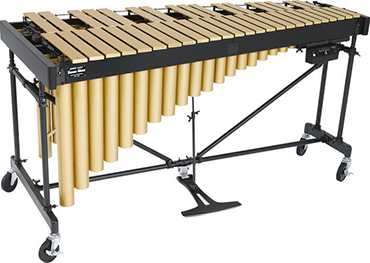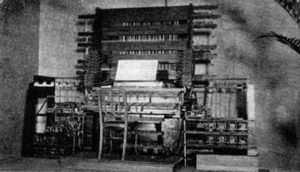
How to choose a control keyboard?
What is the control keyboard and what is it for
It is a midi controller with which the user can enter, for example, notes into the DAV program. For immediate clarification, DAV is computer software used to create, among other things, music, arrangements, etc. production inside a computer. Thus, the keyboard is by no means an independent musical instrument, but it can become an element of it. When we connect such a control keyboard to a sound module, or a computer with a library of sounds, then such a set can be treated as a digital musical instrument. The connection between the control keyboard and, for example, a laptop is made via a USB port. However, the control and transmission of all data between individual devices takes place using the Midi standard.
What to consider when making a choice?
First of all, when making a choice, we must consider what the main purpose of our keyboard will be. Is it to serve us as an integral part of the above-mentioned musical instrument, or is it supposed to be a controller that facilitates entering data into a computer. Control keyboard as part of the instrument
If it is to be a full-fledged keyboard instrument for playing such as the piano or grand piano, then the keyboard must also faithfully reproduce the keyboard of an acoustic piano and meet certain standards. Therefore, in such a case it should be a hammer weighted keyboard with 88 keys. Of course, such a keyboard will not play by itself and we will have to connect it to some external source, which will connect to the keyboard controlling the sound sample. This can be, for example, a sound module or a computer with an available sound library. These sounds come out of your computer using virtual VST plug-ins. It is enough to connect the sound system to such a set and we get the same qualities as a digital piano has. Remember, however, that if a computer is used, it must have sufficiently strong technical parameters so as to exclude possible transmission delays.
Midi control keyboard for computer work
If, on the other hand, we are looking for a keyboard that is to be used only for entering specific information into the computer, i.e. for example notes of a certain pitch, then we certainly will not need as many as seven octaves. In fact, we only need one octave, which we can digitally change up or down depending on the need. Of course, one octave has its limitations because we are manually forced to specify the octave when we go beyond it. For this reason, it is definitely better to buy a keyboard with more octaves: minimum two, three and preferably three or four octaves.

The quality of the keyboard, the size of the keys
The quality of the keyboard, i.e. the entire mechanism, is very important for our comfort of playing and working. First of all, we have weighted, keyboard, synthesizer, mini keyboards, etc. In the case of a keyboard used for playing a piano, it should be of particularly good quality and as faithfully reproduce the mechanism of an acoustic piano keyboard.
In the case of a computer input keyboard, this quality does not have to be that high, which does not mean that it is not worth investing in a good quality keyboard. The better quality it will be, the more efficiently we will introduce individual sounds. After all, as musicians, we use it to introduce specific notes that have specific rhythmic values. The quality of the keyboard is primarily determined by its mechanism, key size, repetition and specific articulation.
Only people who enter individual notes with only one finger can afford the weaker quality keyboard. If, on the other hand, these are multiple notes, i.e. entire chords, or even entire musical sequences, it should definitely be a good quality keyboard. Thanks to this, working with such a device will be more comfortable and much more efficient.
Summation
When choosing a keyboard, first of all, our needs and expectations should be taken into account. Whether it should be a keyboard for live gaming or just as an aid to transfer data to a computer. What matters here is the type of mechanism, the number of keys (octaves), additional functions (sliders, knobs, buttons) and, of course, the price.





